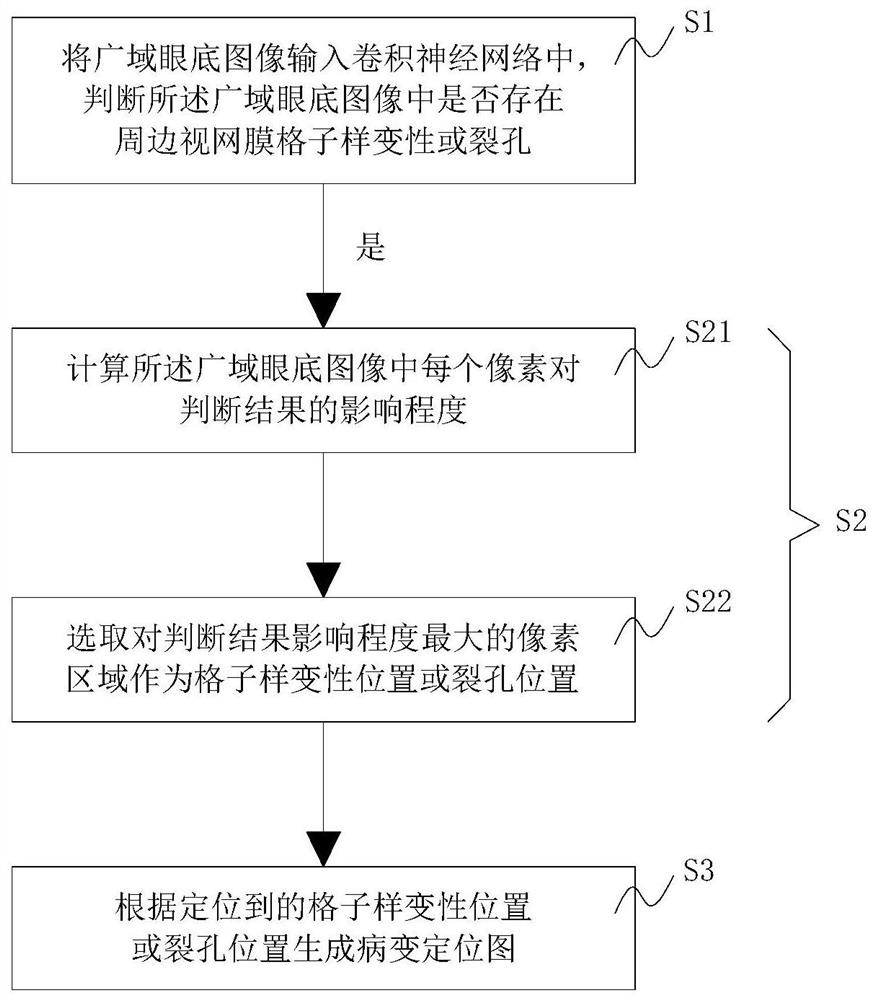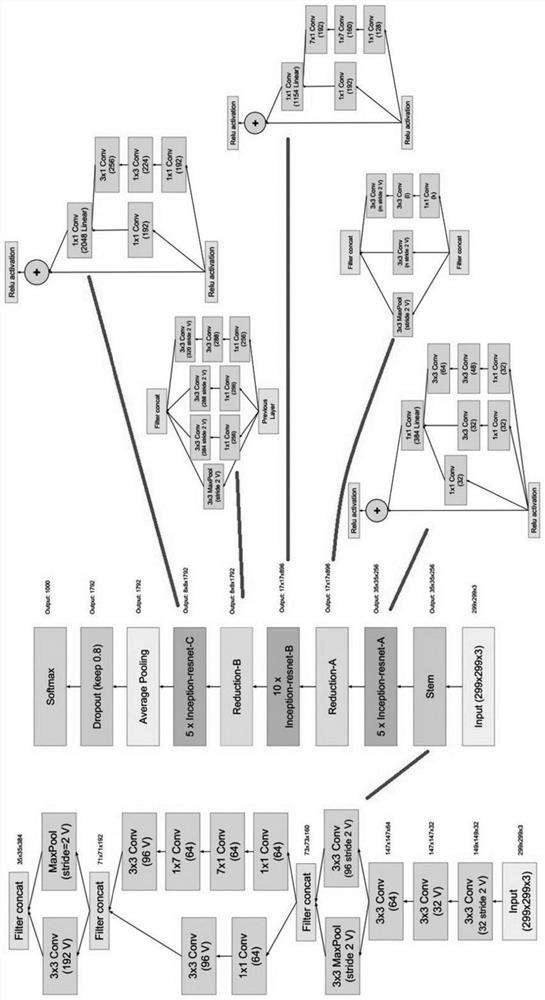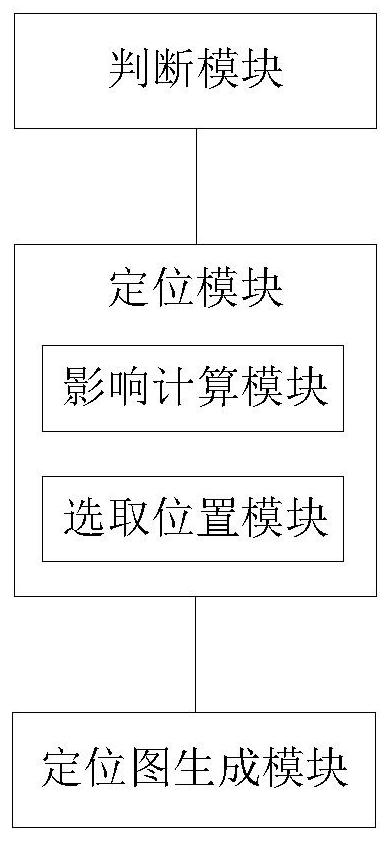Method and system for identifying grid change holes in wide-area fundus images based on deep learning
A deep learning, fundus image technology, applied in the field of medical image processing, can solve the problems of inability to detect and evaluate, time-consuming inspection, visual impairment, etc., and achieve the effect of reducing training expenditure, efficient disease evaluation, and reducing burden
- Summary
- Abstract
- Description
- Claims
- Application Information
AI Technical Summary
Problems solved by technology
Method used
Image
Examples
Embodiment 1
[0041] Such as figure 1 As shown, the present embodiment provides a method for identifying grid change holes in a wide-area fundus image based on deep learning, including the following steps:
[0042] S1. Input the wide-area fundus image into the convolutional neural network, and judge whether there is lattice degeneration or hole in the peripheral retina in the wide-area fundus image;
[0043] S2. When it is judged that there is lattice degeneration or hole in the peripheral retina in the wide-area fundus image, the location of the lattice degeneration or the hole in the wide-area fundus image is located using a significant area algorithm.
[0044] In step S1, the convolutional neural network can be used to accurately and efficiently analyze the wide-area fundus image to determine whether there is a lesion on the image; in step S2, the salient area algorithm (Saliency Map) can be used to locate the lesion on the image. This can assist ophthalmologists to interpret patients' ...
Embodiment 2
[0073] like image 3 As shown, this embodiment provides a system for identifying grid change holes in wide-area fundus images based on deep learning, including:
[0074] A judging module, configured to input the wide-area fundus image into the convolutional neural network, and judge whether there is a lattice-like degeneration or hole in the peripheral retina in the wide-area fundus image;
[0075] The positioning module is used to locate the grid-like degeneration or hole in the wide-area fundus image by using the salient area algorithm when it is judged that there is a grid-like degeneration or hole in the surrounding retina in the wide-area fundus image;
[0076] The judging module can accurately and efficiently analyze the wide-area fundus image through the convolutional neural network, and judge whether there is a lesion on the image; the positioning module can locate the location of the lesion on the image through the salient area algorithm (Saliency Map), which can assi...
PUM
 Login to View More
Login to View More Abstract
Description
Claims
Application Information
 Login to View More
Login to View More - R&D
- Intellectual Property
- Life Sciences
- Materials
- Tech Scout
- Unparalleled Data Quality
- Higher Quality Content
- 60% Fewer Hallucinations
Browse by: Latest US Patents, China's latest patents, Technical Efficacy Thesaurus, Application Domain, Technology Topic, Popular Technical Reports.
© 2025 PatSnap. All rights reserved.Legal|Privacy policy|Modern Slavery Act Transparency Statement|Sitemap|About US| Contact US: help@patsnap.com



